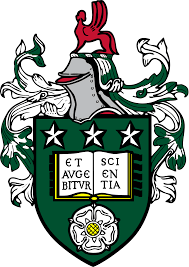Day 1: Introduction to NLP and Text Preprocessing
Overview of Natural Language Processing and its real-world applications.
Understanding text data: tokens, vocabulary, and corpora.
Text preprocessing: tokenization, stemming, lemmatization, and stopword removal.
Hands-on session: Cleaning and preparing textual datasets using Python and libraries like NLTK and SpaCy.
Day 2: Core NLP Techniques
Word embeddings: Word2Vec, GloVe, and FastText.
Feature extraction methods: TF-IDF and Bag of Words (BoW).
Text classification techniques: Naïve Bayes and Support Vector Machines (SVM).
Practical exercise: Building a spam detection model.
Day 3: Advanced NLP Techniques
Introduction to Recurrent Neural Networks (RNNs) and Long Short-Term Memory (LSTM).
Sentiment analysis using deep learning models.
Sequence-to-sequence models for language translation.
Project implementation: Building an LSTM-based sentiment analysis model.
Day 4: Transformers and Modern NLP Architectures
Understanding transformers and attention mechanisms.
Exploring BERT, GPT, and other pre-trained models.
Fine-tuning transformers for specific tasks.
Hands-on activity: Fine-tuning BERT for text classification.
Day 5: NLP Applications, Trends, and Ethics
Applications of NLP in chatbots, summarization, and language generation.
Ethical considerations in NLP: Bias, fairness, and responsible AI use.
Future trends in NLP and large language models.
Capstone project: Building an end-to-end NLP solution.























































